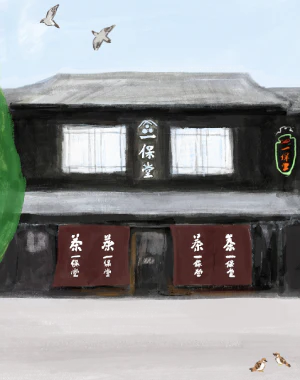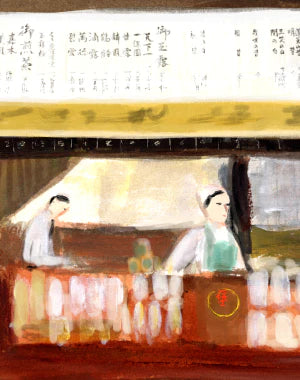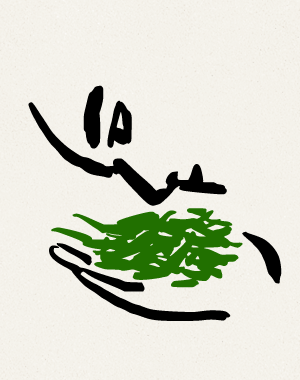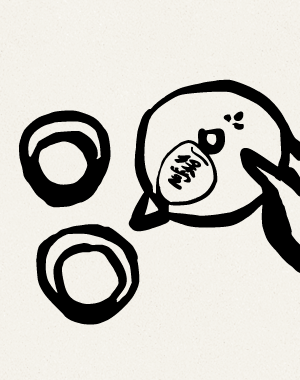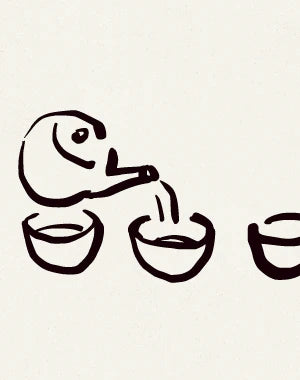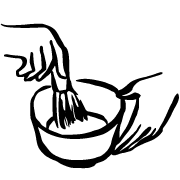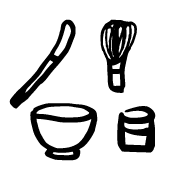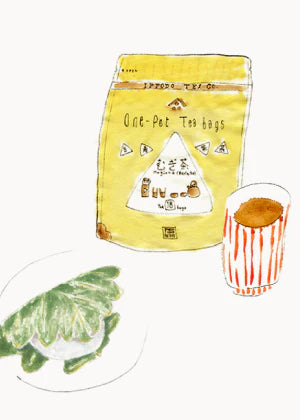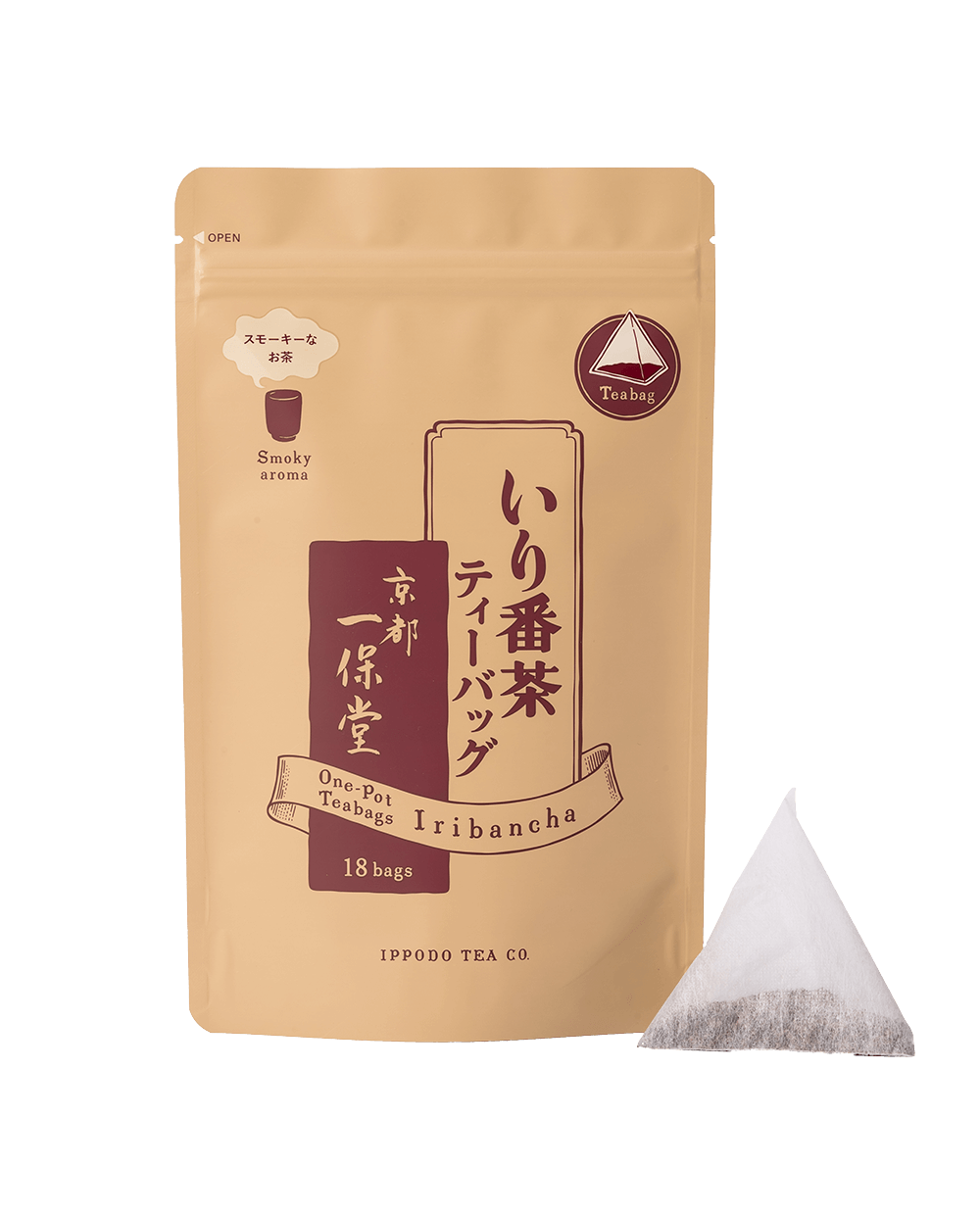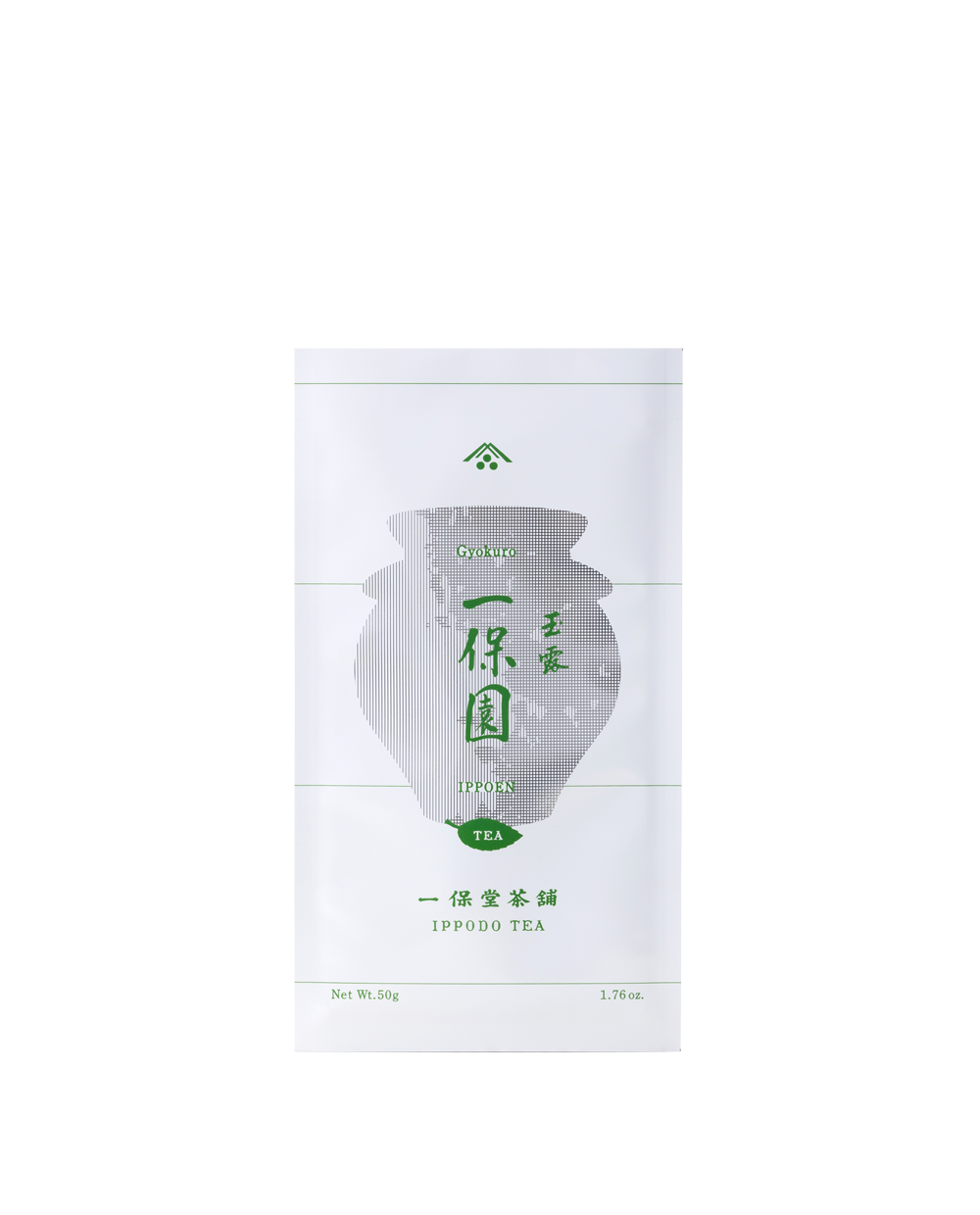I like to drink
after meals
Department store in the Ikebukuro area
Giving it my all every day to improve the shop and selection of teas.

What Japanese tea do you enjoy after a meal?
How do you enjoy it?
After breakfast, I drink matcha to wake myself up and get my motor going. After trying different kinds of matcha, our family chose Hatsu-mukashi as our morning tea because it has a lightness that is just right for the morning. The light sharpness and subtle sweetness are perfect for waking us up.
How do you prepare it?
We have fun preparing it in different ways depending on how we feel or the season, sometimes adding hot milk or oat milk to the matcha, or, if we have our favourite canelé pastries, we might prepare the matcha slightly on the thick side. Sometimes, we serve the matcha in our favourite tea bowls, cups, or glasses to make the time after a meal even more fun.
Department store near the Bank of Japan in Tokyo
We have superb teamwork at our lively sales area!

What Japanese tea do you enjoy after a meal?
One-Pot Teabag Iribancha (Kyobancha) 18 bags
How do you enjoy it?
On workdays, I take cold iribancha with me and drink it during lunch or my afternoon break time. Cold iribancha goes well with either rice or bread, so it’s perfect to have with a rice-based bento lunch or with peanut cream pastries bought at a convenience store. During my afternoon break, I drink it while chewing lemon gumdrops. It’s amazing that it goes well with sweet-and-sour gumdrops! Iribancha is also really good for staying hydrated at work in the department store, where the air is dry.
How do you prepare it?
I use One-Pot Teabag Iribancha all the time because I’m not good at measuring tea leaves or cleaning up the tea leaves after using a teapot. On my days off, I boil lots of water in a teakettle, put a teabag in, turn off the heat, and let it brew for a while. Provided I’ve turned off the heat, the tea won’t get too strong if I let it sit for a little longer than usual, so I just relax, without worrying much about the time, and remove the teabag when the tea takes on a colour that looks good. At home, I sometimes make myself “fruit iribancha tea,” mixing the iribancha with fruit or chamomile syrup.
Kyoto Main Store
Sharing with people about the appeal of Japanese tea in three languages.

What Japanese tea do you enjoy after a meal?
How do you enjoy it?
On my days off, I wake up and have breakfast at the same time as usual, after which I enjoy gyokuro if there is time. While I relax and leisurely savour Ippoen’s distinctive rich umami and clear taste, the caffeine in the tea does a thorough job of waking me up. That’s how I enjoy a pleasant start to my day. Somewhat unlike gyokuro’s typical image of having rich umami, Ippoen has a clear taste that isn’t overly heavy. Taking small sips, I slowly savour its rich flavour and fragrance. After preparing the tea, I also make sure to appreciate the deep green colour of the tea leaves in the teapot.
How do you prepare it?
I want my first cup of tea of the day to stand out a little, so I brew it using water that’s a little hotter than usual. I also spend a little less time brewing it, producing the perfect gyokuro for my morning.
